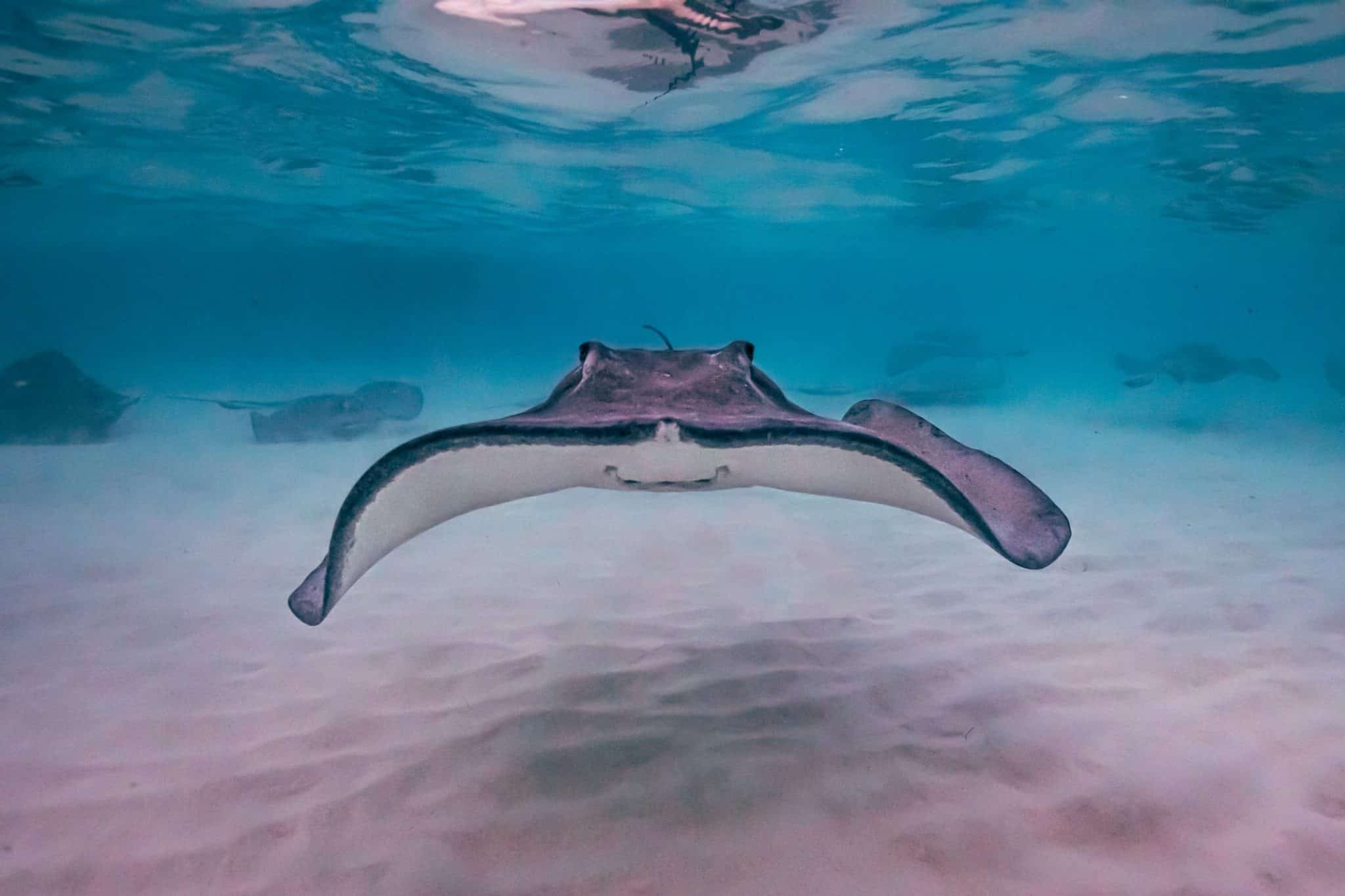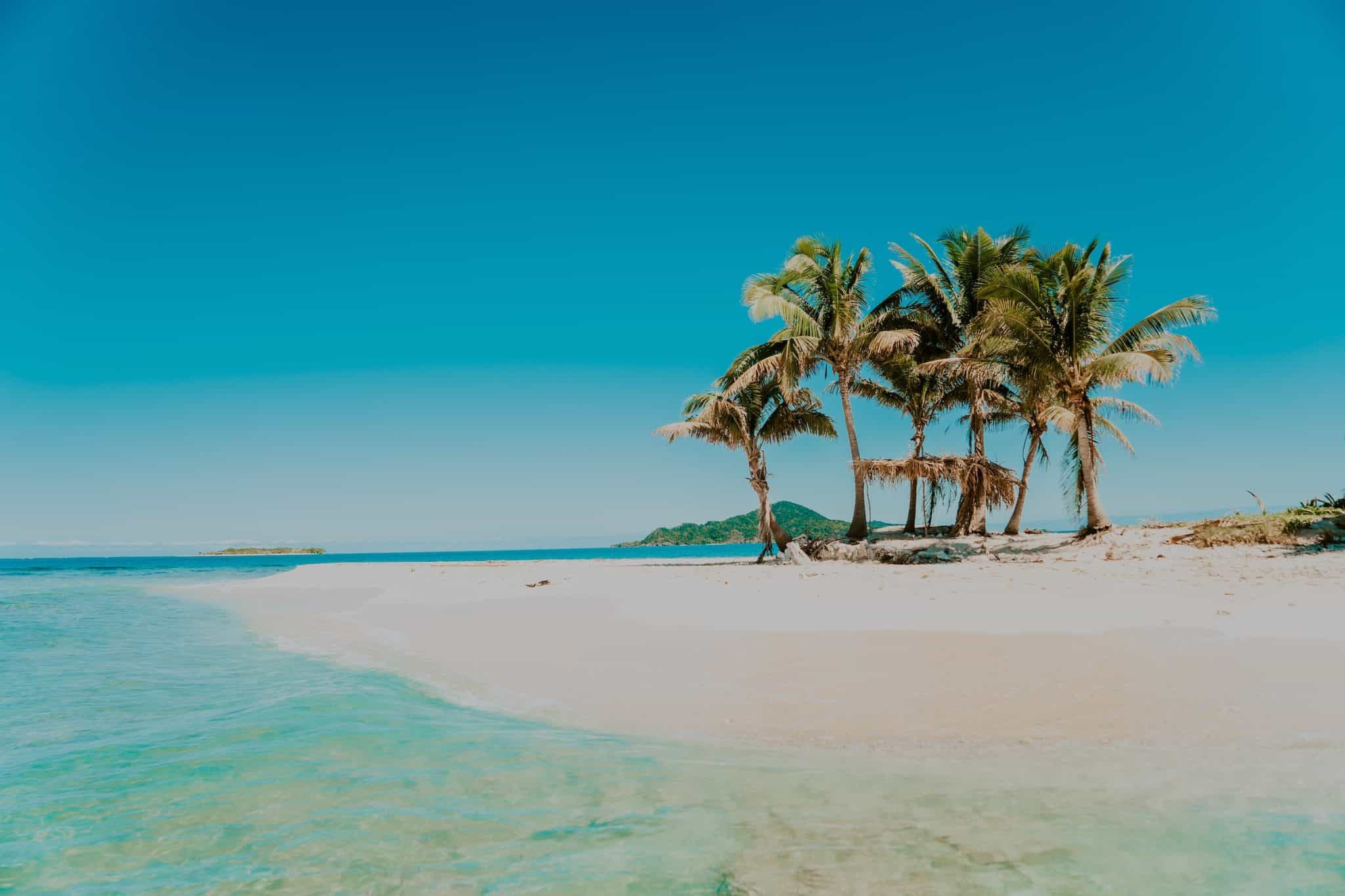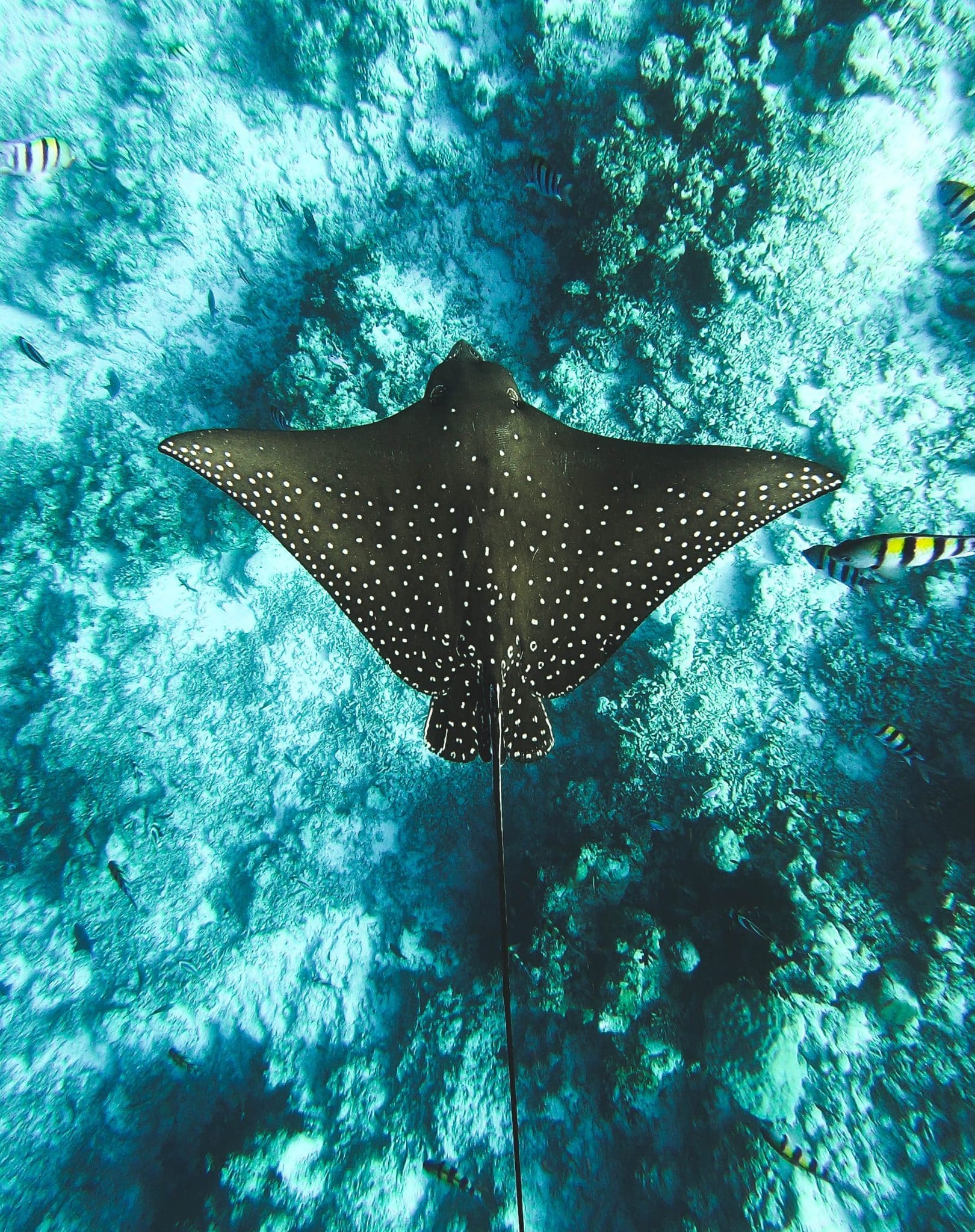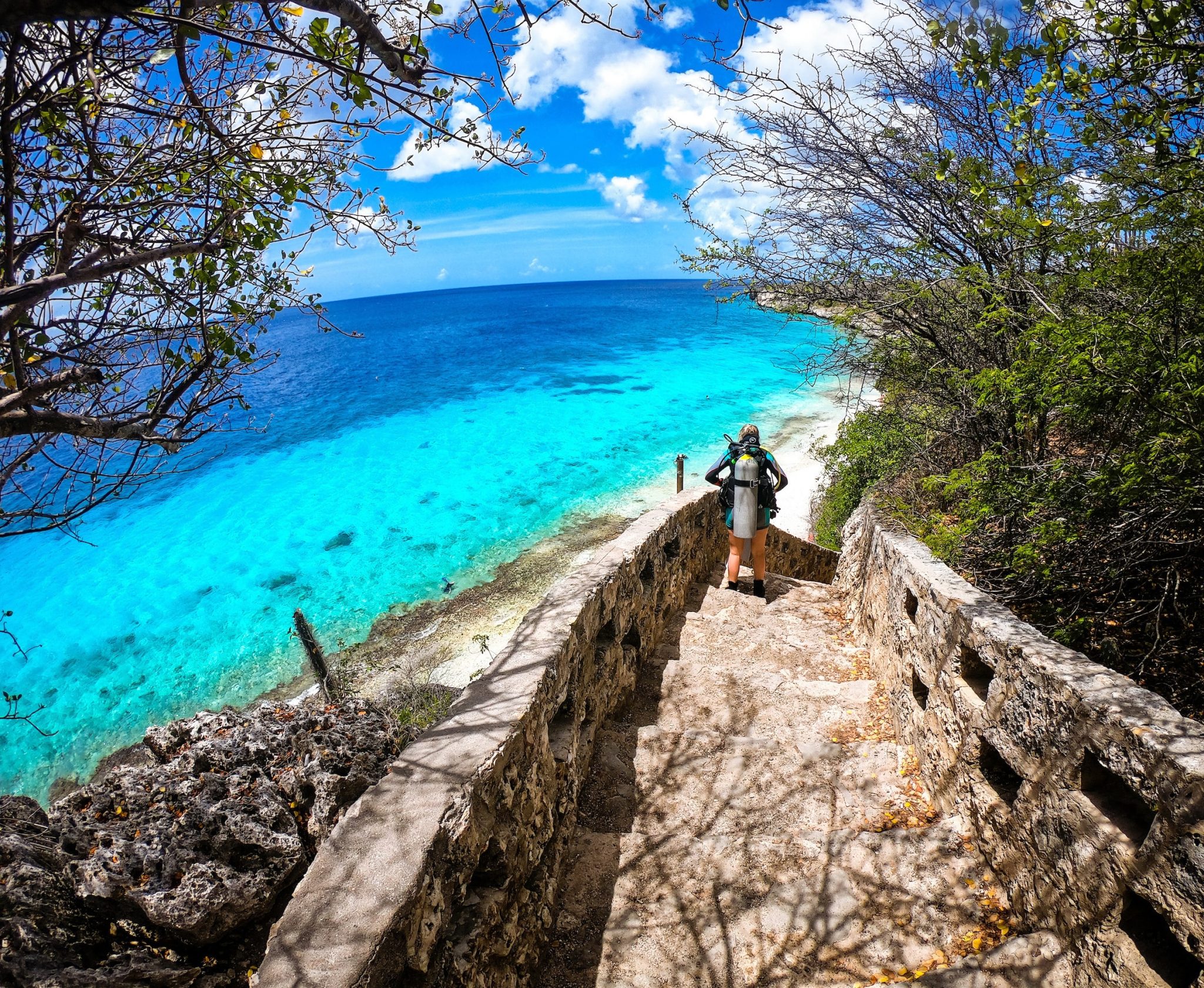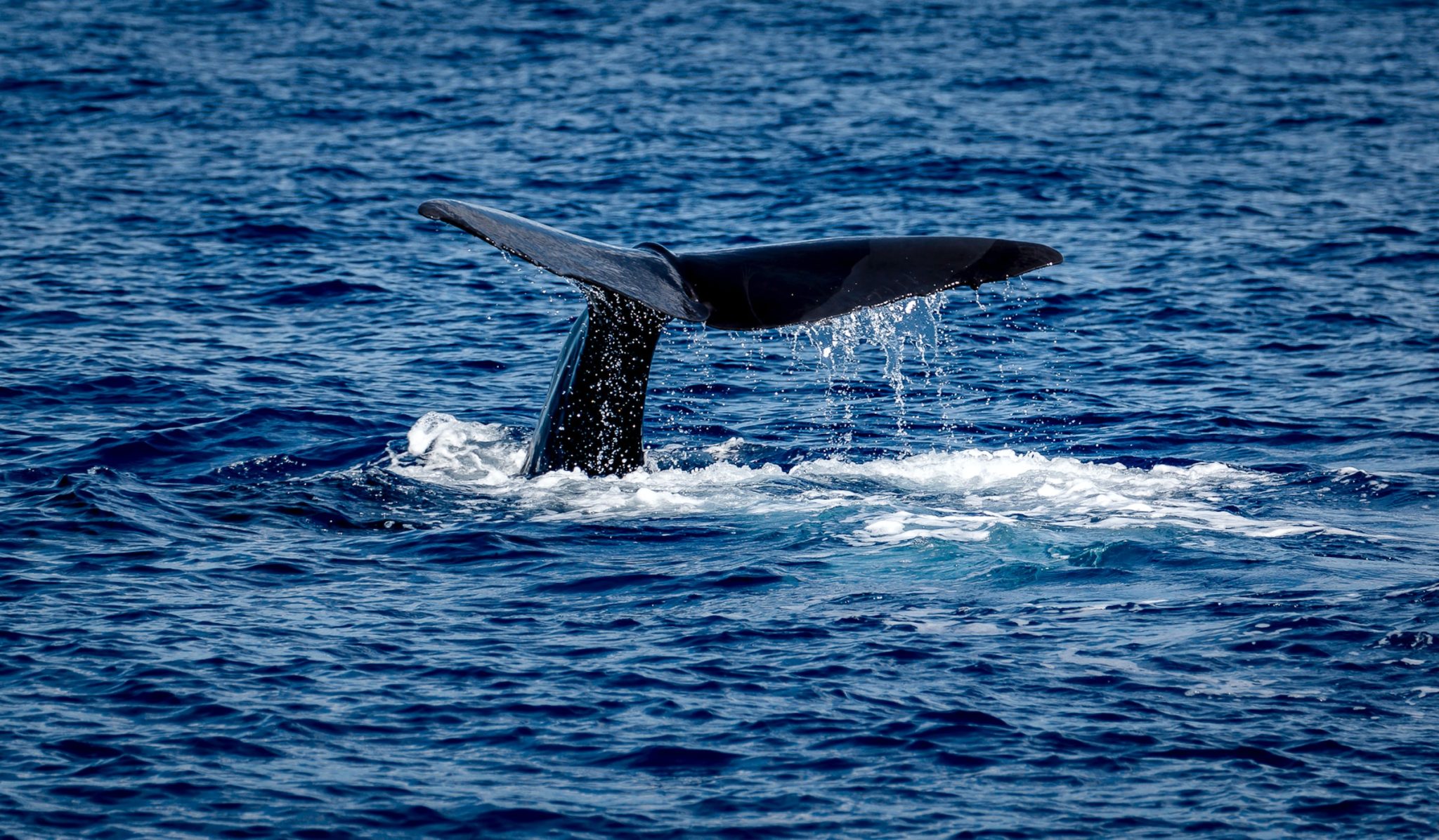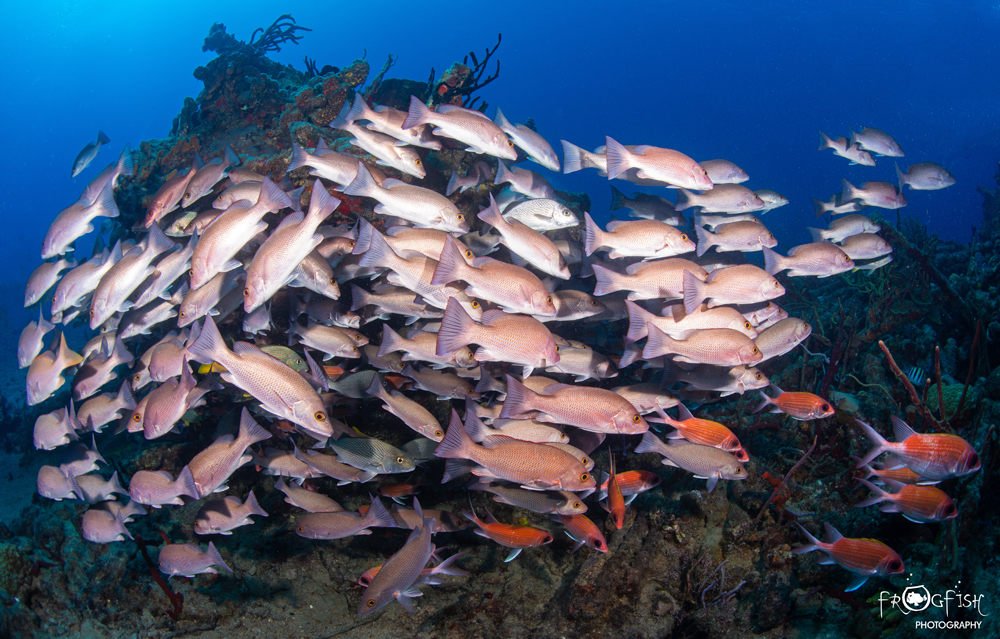News
Start Exploring: 7 Great Caribbean Dive Spots for New Divers
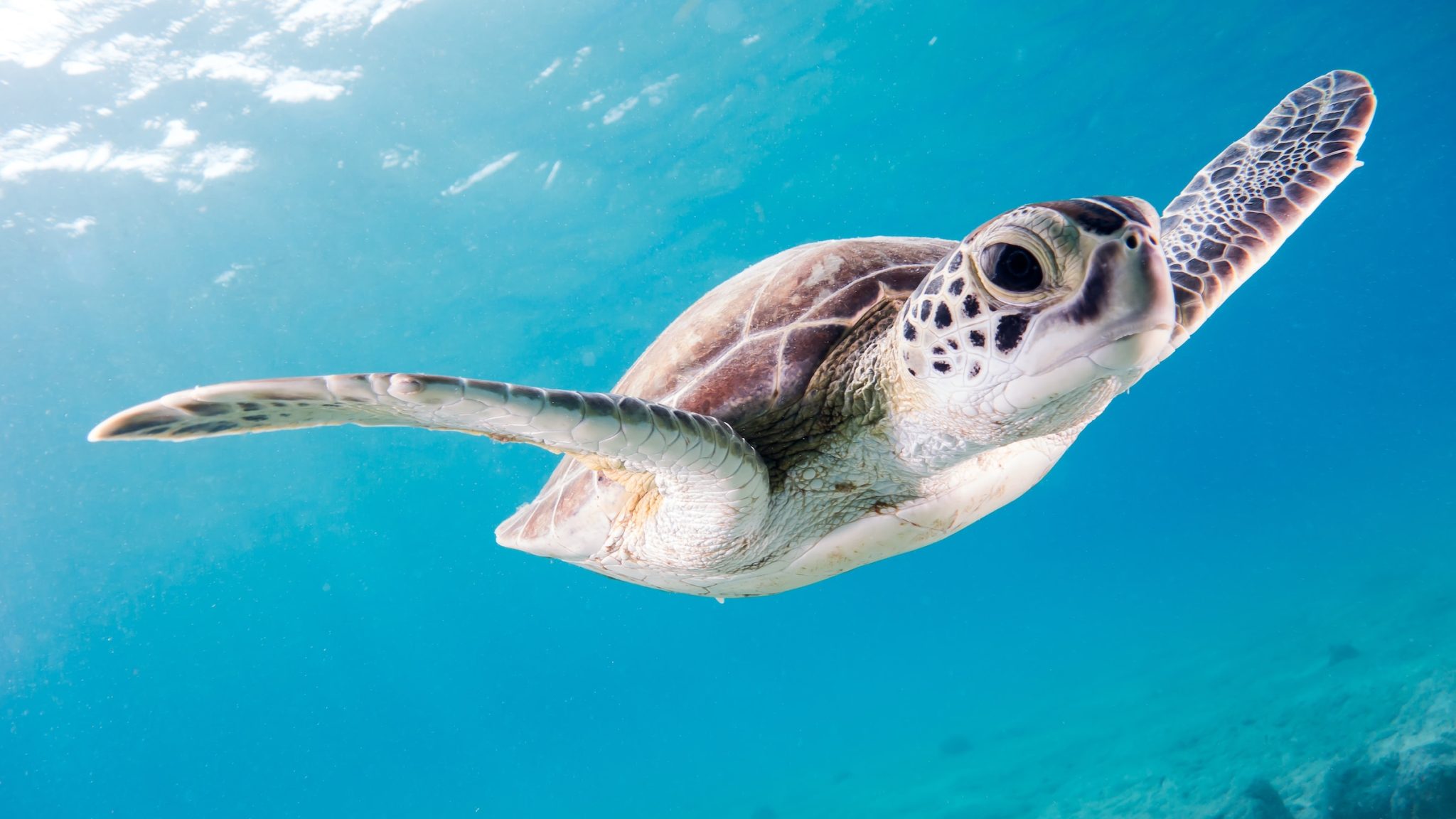
The Caribbean, with its turquoise waters and abundant marine life, is a great place for new divers to start exploring the wonders of the ocean and build their dive confidence. From shallow coral reefs full of life to easy wreck dives, the region’s dive destinations offer plenty for new divers to tackle. Join us as we delve into eight great dive spots in the Caribbean.
Cozumel, Mexico
Cozumel, an island off Mexico’s Yucatán Peninsula, is a diver’s paradise boasting a designated marine sanctuary. Efforts to protect its marine life have contributed to a thriving underwater ecosystem there. Topside, there are white sand beaches to relax on, and the coral reefs are bustling with marine life.
Diving in Cozumel offers exceptional visibility and calm water conditions, making it an excellent choice for beginners. With an abundance of shore diving sites, encountering Cozumel’s diverse marine life also couldn’t be easier. Among its marine residents, divers can encounter three species of sea turtles, plus plenty of reef fish.
Grand Cayman, Cayman Islands
With a range of dive centers available, Grand Cayman is a great destination for new divers who want to explore world-class reefs whilst completing an advanced diver certification.
Vibrant coral gardens, such as Eden Rock and Devil’s Grotto, showcase Grand Cayman’s colorful corals and offer easy dives. And if there are seasoned divers in your group, Grand Cayman’s wall dives is a must. Every diver should also take a trip to Stingray City to go swimming with friendly southern stingrays in their natural habitat.
Roatán, Honduras
Tucked among the Mesoamerican Barrier Reef, Roatán boasts some of the Caribbean’s most diverse marine protected areas. Roatán’s warm waters and gentle currents make it a welcoming destination for new divers.
As the first shark sanctuary in the Americas, Honduras takes pride in its commitment to shark conservation. Divers may encounter various harmless shark species there, including reef sharks and nurse sharks. There are also some accessible wrecks, making it a great place to try wreck diving.
Turks and Caicos
Turks and Caicos is another top Caribbean destination for abundant marine life and has gently sloping reefs that provide an excellent starting point for new divers. You can work on your dive skills without the pressure of drop-offs and walls.
Grace Bay sits in the Princess Alexandra National Park and has calm waters with a sandy seafloor, and it hosts beautiful spotted eagle rays. It is well worth a visit between your dives or for a day relaxing at the beach.
Bonaire
Bonaire is a new diver’s dream come true. With over 60 dive sites, most of which are easy shore dives, plus year-round coral reef diving, this Caribbean Island is hard to beat!
The people of Bonaire take marine conservation seriously and are famous for their conservation efforts. The Bonaire National Marine Park encompasses all of the island’s waters and is one of the oldest marine reserves in the world. Go Bonaire diving and you will be immersed in thriving underwater ecosystems with healthy corals, sea turtles, and plenty of reef fish.
Bonaire’s “Drive and Dive” concept allows divers to explore independently, adding a sense of freedom to every dive. Simply grab your gear and tanks with a buddy or dive guide, hire a car, and explore at your own pace. It’s a great way to boost your dive confidence and skills without the pressure of being part of a large dive group.
Dominica
Dominica, the Nature Island of the Caribbean, has reefs covered in vibrant sponges and corals that host plenty of macro life. Champagne Reef, named for its effervescent underwater springs, provides a magical experience diving among bubbling vents. If you want to try coral reef diving, this is a great spot to visit.
But swimming with sperm whales is surely the most sought-after experience in Dominica. This island is home to over 200 resident sperm whales, and it is the only place in the world where you can swim with these amazing whales year-round.
The British Virgin Islands
Last but not least, the British Virgin Islands are known as one of the top Caribbean destinations for all levels of diver. There is an array of reefs and wrecks to explore, and the waters are very clear.
The British Virgin Islands’ reef and wreck dive sites are busy with small fish, plus snapper, bat fish, schooling pelagic fish, and stingrays. The Baths on the southwest coast of Virgin Gorda is perfect for new divers, offering soft sands, clear blue waters, and a stunning landscape of huge granite boulders and caves. Make sure you take your camera to capture all of the marine life and landscapes you will find at this impressive national park.
Kathryn Curzon, a conservationist and dive travel writer for SSI (Scuba Schools International), wrote this article.
Header Photo: Kris-Mikael Krister
News
Book Review: Fire on Monroe Bravo by Fred Lockwood

Fire on Monroe Bravo is the latest book in the Jack Collier series by Fred Lockwood. Our story begins with our lead characters, Jack and Sandro, owners of Marine Salvage & Investigation Company, arriving on the Monroe Bravo Oil & Gas Platform in the North Sea. Having secured a contract for their vessel the MV Stavanger to act as support ship to the platform for TransGlobal Oil, our protagonists are on a celebratory visit.
However almost as soon as they arrive a series of explosions rock the platform, causing huge damage, loss of life and the very real danger of a massive human, ecological and financial disaster.

As the danger mounts for both our heroes and the surviving workers, Jack and Sandro will have to escape the inferno, all while trying to save the platform and the men still trapped unable to help themselves.
The disaster sets the scene for the unfolding story lines following the fate of the platform and our main characters, the police investigation into a suspected terrorist act and the actions of TransGlobal Oil as they attempt to navigate the pubic outcry and financial repercussions.
In his eighth book, Fire on Monroe Bravo, Fred Lockwood delivers an explosive thriller, with plenty of above and in-water drama, and our heroes fighting for survival, what more can you ask for?
We thoroughly recommend this read and look forward to the next in the series. For more information about his book series, you can check out the reviews of his previous books here on Scubaverse.
- Title: Fire On Monroe Bravo
- Author: Fred Lockwood
- ISBN: 979-8325324536
Available in a paperback version and for Kindle from Amazon and book stores.
Blogs
Alonissos: The complete diving destination (Part 1)

In June we were incredibly fortunate to be invited to dive in Alonissos, a small Greek Island in the Sporades island chain located in the North Aegean Sea. While I have long been a big fan of the Greek Islands as a great holiday destination, I had not had the opportunity to do any diving on previous visits and Mike and I were extremely excited to see what Alonissos had to offer both above and below the surface!

The Sporades are easily accessible via the airport in Skiathos (the first island in the chain), which is served by Jet2 flights from all major UK airports from May through October. Numerous ferries and charter boats make island hopping from Skiathos Town a breeze. After an hour boat ride, the picturesque port of Patitiri was a wonderful introduction to Alonissos, where we were met by our gracious hosts Kostas of Albedo Travel and Dias of Alonissos Triton Dive Center. Mike and I were delighted to be staying at the Paradise Hotel, aptly named for its stunning views over the sea and great location for walking to the waterfront.

Alonissos is beautifully situated in the National Marine Park of Alonissos and the Northern Sporades, the largest marine protected area in Europe. The surrounding seas offer fabulous marine life, including incredibly rare species such as the Mediterranean monk seal. They boast deep walls covered in gorgonians and sponges, stunning topography with caverns, swimthroughs and pinnacles, and the first accessible ancient shipwreck from 500BC!

In locations where historical sites have been reported, the waters are largely restricted, but with collaboration between government, underwater archeologists and dive centres, incredible underwater museums are being created for a truly unique diving experience. Alonissos is home to the first of these, the Ancient Shipwreck of Peristera Accessible Underwater Archeological Site. The chance to dive into history (along with reports of healthy reef life and amazing underwater topography) meant Mike and I were keen to get in the water.

Our introduction to the diving around Alonissos was at the Agios Georgios Pinnacles, in the channel between Alonissos and Skopelos. This fantastic site was named “The Chimney,’ and proved to have a huge amount to see. We got to a decent depth here (over 25m), and marvelled at a colourful reef wall with a wonderful swim through whose rocky walls were absolutely covered with life. As well as brilliant topography there was no shortage of macro life here. We saw numerous nudibranchs, five different species in total. The second dive at Mourtias reef nearby was a shallower dive along a nice wall with lots of crevices. Several moray eels and grouper called this site home. We enjoyed looking in the crevices for lobster and smaller benthic life, such as cup corals and tunicates.

Our itinerary allowed us two dives a day with afternoons left to explore the island with our hire car and evenings to enjoy the famous Greek hospitality. This proved to be a lovely mix of in-water and land based diversions.

The next days diving to the Gorgonian Gardens and Triton’s Cave was to be even better! These two stunning sites are nothing short of fabulous. The Gorgonian Gardens was a deep wall near to the Agios Georgios islands. The ever-present currents in this deep channel meant that the sea life was amazing … the namesake Gorgonian sea fans dotted the wall at a depth of 30 to 50 meters, getting ever larger the deeper we went. Above 30m was by no means less beautiful, with sponges, corals, scorpionfish, moray eels and some rare and colourful nudibranchs.

The second shallower dive of the day was to Triton’s Cave or the Cavern of Skopelos, on the east side of that island. The spectacular rock formations had wild striations both above and below the water making a truly epic topography. The cavern entrance was at 14m, and big enough for a buddy pair, winding up to 6m and passing two beautiful windows out into the blue. Emerging from the cavern, the light at the shallower depths and the incredible rock formations made for a fantastic gentle swimming safety stop and we all surfaced by the boat with massive grins.

Check out our next blog :Alonissos: The complete diving destination (Part 2)” to hear about our amazing dive on the 2500 year old Peristera Wreck!
Thanks to:
Alonissos Triton Dive Center https://bestdivingingreece.com/
Albedo Travel https://alonissosholidays.com/activities/
Paradise Hotel https://paradise-hotel.gr/
Alonissos Municipality https://alonissos.gr/en/
-

 Blogs2 months ago
Blogs2 months agoDiving With… Nico, Ocean Earth Travels, Indonesia
-

 News1 month ago
News1 month agoMurex Bangka Announce New Oceanfront Cottages & Beachfront Dining
-

 Blogs2 months ago
Blogs2 months agoA new idea in freediving from RAID
-

 Marine Life & Conservation1 month ago
Marine Life & Conservation1 month agoIceland issue millionaire whale hunter a licence to murder 128 vulnerable fin whales
-

 Marine Life & Conservation2 months ago
Marine Life & Conservation2 months agoThe Shark Trust Great Shark Snapshot is back
-

 News3 months ago
News3 months agoCharting New Waters; NovoScuba Goes Global with the Launch of their Revolutionary Dive Training Agency!
-

 Gear News1 month ago
Gear News1 month agoNew Suunto Ocean – a dive computer and GPS sports watch in one for adventures below and above the surface
-

 Marine Life & Conservation Blogs2 months ago
Marine Life & Conservation Blogs2 months agoBook Review: Plankton



